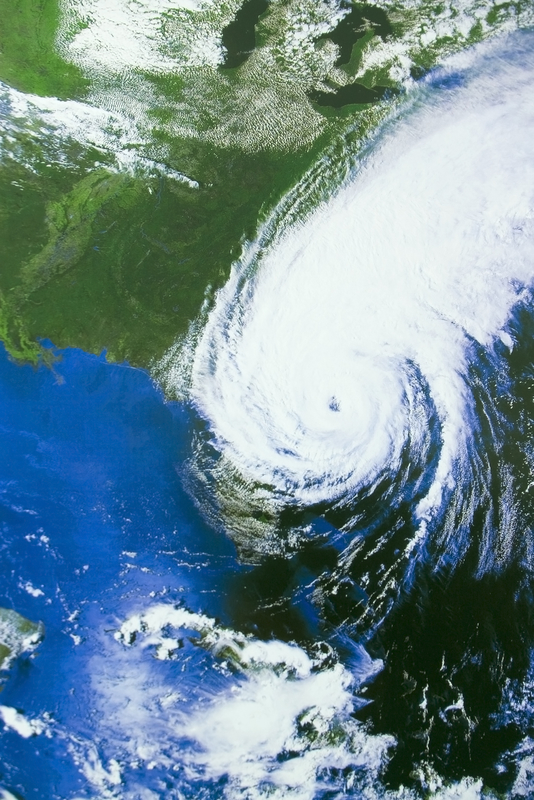Hurricanes Harvey, Irma and Maria already have cut swaths of devastation throughout the United States and the Caribbean, killing dozens and leaving tens of thousands homeless. And more storms may be brewing, weather experts say. Meanwhile, scores of individuals and organizations are working together to help ease the burdens of those most affected. Among both the affected and the heroes are many in the academic medical community.
In Houston, even as Hurricane Harvey approached, Baylor College of Medicine mobilized groups to treat patients at shelters while Victoria Mitre, a fourth-year medical student, launched a Facebook group to organize student volunteers who began working at clinics as they reopened and gathering donations immediately after the storm. Students also organized teams to help begin cleanup of damaged properties and started a fund to help with the financial costs of rebuilding.
Students and faculty at UT Southwestern Medical Center in Dallas also mobilized following Hurricane Harvey. Volunteers triaged patients, provided medical supplies and helped arrange for donations and blood drives. A month after Hurricane Harvey, the school announced it will provide free telemedicine services to Texas residents affected by the hurricane through the video and text messaging app Cirrus MD.
In Florida, students, residents, faculty and staff at medical schools and teaching hospitals in areas affected by Hurricane Irma continue to work overtime to care for victims and for each other and, in some cases, do a little something extra to help families. Case in point: At the University of Miami Health System, teamwork among 105 medical staff and residents enabled the hospital to continue delivering most services AND hold an impromptu birthday party for three children whose parents were working nonstop during the storm.
Also in Miami, the Florida International University Herbert Wertheim College of Medicine deployed a volunteer team to West Kendall Baptist Hospital to treat patients as they arrived at the hospital’s emergency department. Students also kicked up their participation in the college’s NeighborhoodHELP program, which provides primary and preventive services throughout the community in mobile health centers. After Hurricane Irma passed through, teams provided additional care for victims at those centers to help ease the burden on hospital staff.
“This is our medical school’s mission in action, and I think this proves you can use an institution of higher education to help a community become more resilient after a disaster,” said John A. Rock, MD, founding dean and vice president for health affairs at FIU.
Of course, medical students also were affected by the storms, but many are bouncing back. In a triumphant effort to keep pushing forward toward their career goals despite the devastation, more than 1,000 medical students studying at the Dominican-based Ross University School of Medicine, owned by Adtalem Global Education (formerly DeVry Education Group) now are living and attending classes in a new location – a cruise ship docked off the coast of St. Kitts. The school was evacuated and remains closed since Hurricane Maria hit Dominica on Sept. 18 as a Category 5 storm and continued on to Puerto Rico. They’ll study aboard the ship at least until December, while officials work to ultimately reopen the campus.
We here at WOLFPACC commend all in the medical and academic medical school communities who placed themselves in harm’s way and who continue to sacrifice time with their own families to help those affected.




